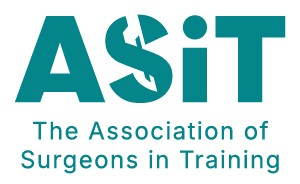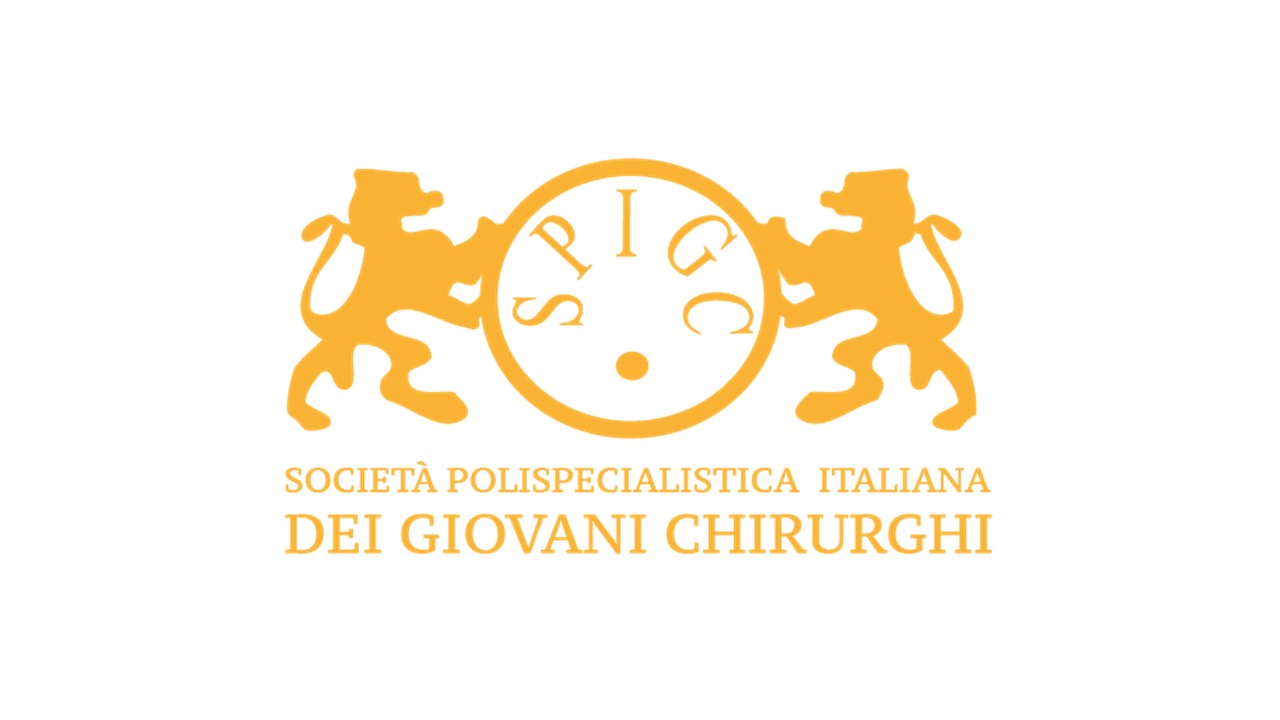BJS Academy>Cutting edge blog>Addressing the use o...
Addressing the use of improper anatomical terminology in clinical practice and the literature (peroneal vs. fibular)
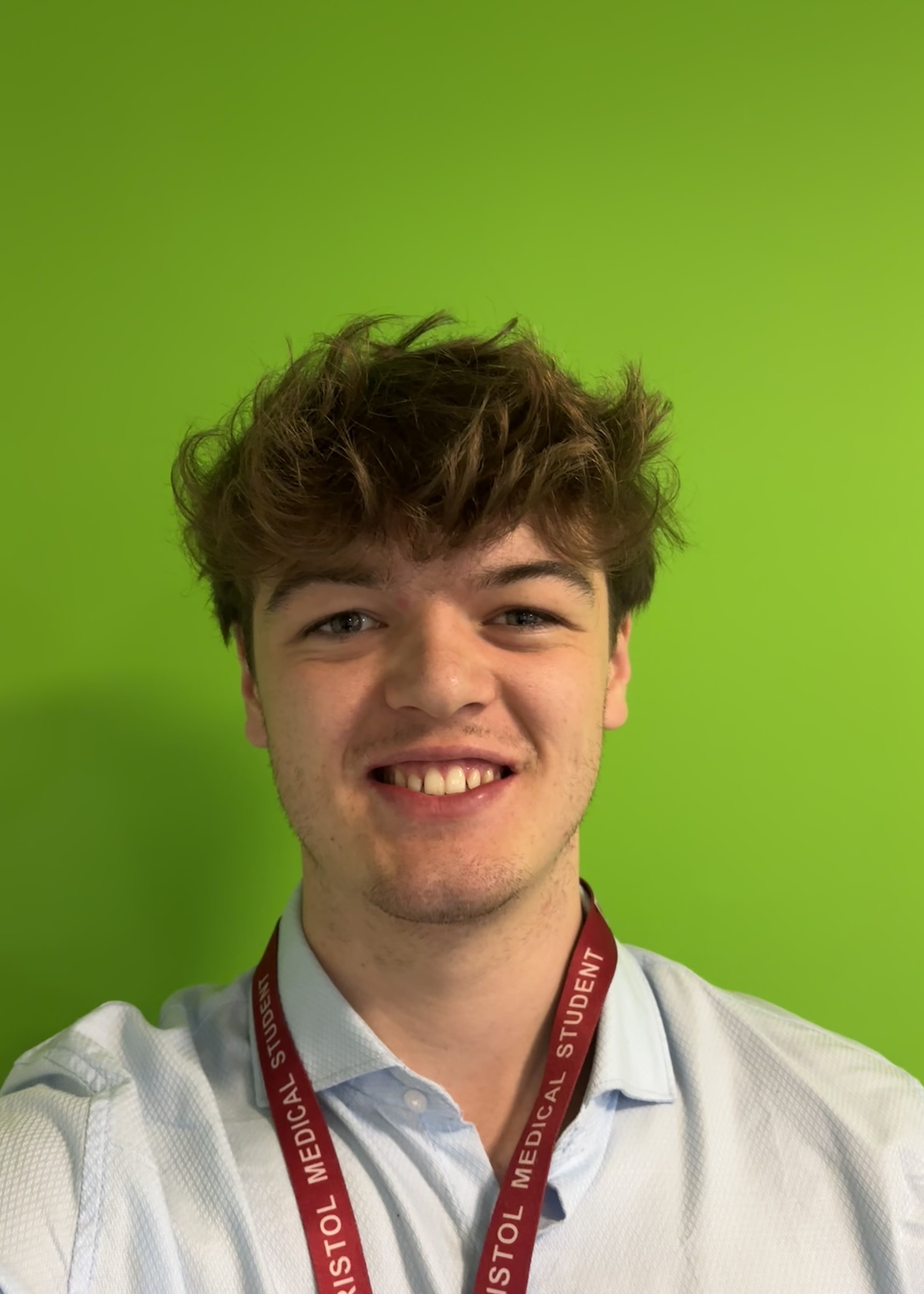
Luke Davies
University of Bristol Medical School, BS8 1UD, Bristol, UK
Baljit Dheansa
Department of Plastic Surgery, Queen Victoria Hospital NHS Trust, RH19 3DZ, East Grinstead, UK
12 November 2024
Guest blog General
Related articles

Little Women: Assessing diversity among consultant paediatric surgeons in the UK: open science, education, and academic achievement
Ameera J M S AlHasan
In a recently published cross-sectional study in BJS1, Dr Marianna Kapestaki examines diversity amongst paediatric consultant surgeons in the UK. It comes as no surprise that the majority of consultants and full professors were men, whilst 73.5% of consultants were white. On the bright side, no gender or racial disparities were found in other academic parameters such as being affiliated with a university or having earned a PhD. Dr Kapestaki presents several other parameters in her study which may or may not be significantly associated with gender, racial or academic inequalities. She goes on to state that the findings in paediatric surgery are consistent with those in neurosurgery and neurology in the UK.
A study like this is important for several reasons. First, it sheds light on the importance of dissecting the surgical workforce for potential inequalities and possible discrimination, including highly subspecialized branches of surgery such as paediatric surgery. Second, it demonstrates that lack of diversity at consultant level is a persisting problem, but one that is definitely remediable once sufficient awareness of the issue is established. Finally, it seems fair to infer from the findings that the solution may lie in the problem itself, namely academia. If there are indeed no disparities in academic achievements such as completing a PhD or becoming affiliated with a university, then with sufficient awareness and deliberation, these same individuals should conscientiously be chosen to higher positions of consultant and full professorship. One can only hope.

On the importance of idle curiosity in research
John C Alverdy MD FACS FSIS
In the book “The Idea Factory,” the CEO of the then monopolized telephone services American Telephone and Telegraph Company (AT&T)) in the US (circa 1880-1930) decided that although the business was highly profitable as a result of the massive laying down of cable across the world, hiring someone who could advance an understanding of how the telephone actually worked was needed. He decided that a more fundamental understanding of electricity and sound would improve the business model and overall telephone services. He hired a physicist from the University of Chicago who was offered a salary of $25,000/year to head up the project. This person was thrilled to just be able to obtain employment, given that a PhD in those days was no guarantee of employment, even when graduating from an elite university.
When the newly appointed physicist asked the CEO “what is my job?” he responded — you are to spend your time in “idle curiosity” so you can think and perform experiments. So began the independently funded and famous Bell laboratories, designed so that its faculty could walk its outdoor paths, think great thoughts and perform solution-agnostic experiments. More Nobel Prizes were won by the faculty at that institution than all other private free-standing research facilities in the US. Imagine what it felt like to be hired by a powerful CEO of a company and being told spend all your time in idle curiosity. Yet without that level of trust in the very process of science itself, the development of radio astronomy, the transistor, the laser, the photovoltaic cell, the charge-coupled device, information theory, the Unix operating system, and several programming languages would not have occurred. This approach led to eleven Nobel Prizes and five Turing Awards.
This story illustrates that a key element of success in research is the recognition of the value that idle curiosity brings to a scientific project. It is inefficient and costs money, time and resources. Yet without it, the foundational knowledge needed to drive innovation cannot emerge. The CEO of AT&T’s idea to let “scientific inquiry run its natural course” was not only visionary but demonstrated his trust in scientists and the process of science itself. And remember science is a process, not a result and is “true whether you believe it or not”, to quote Neil deGrasse Tyson.
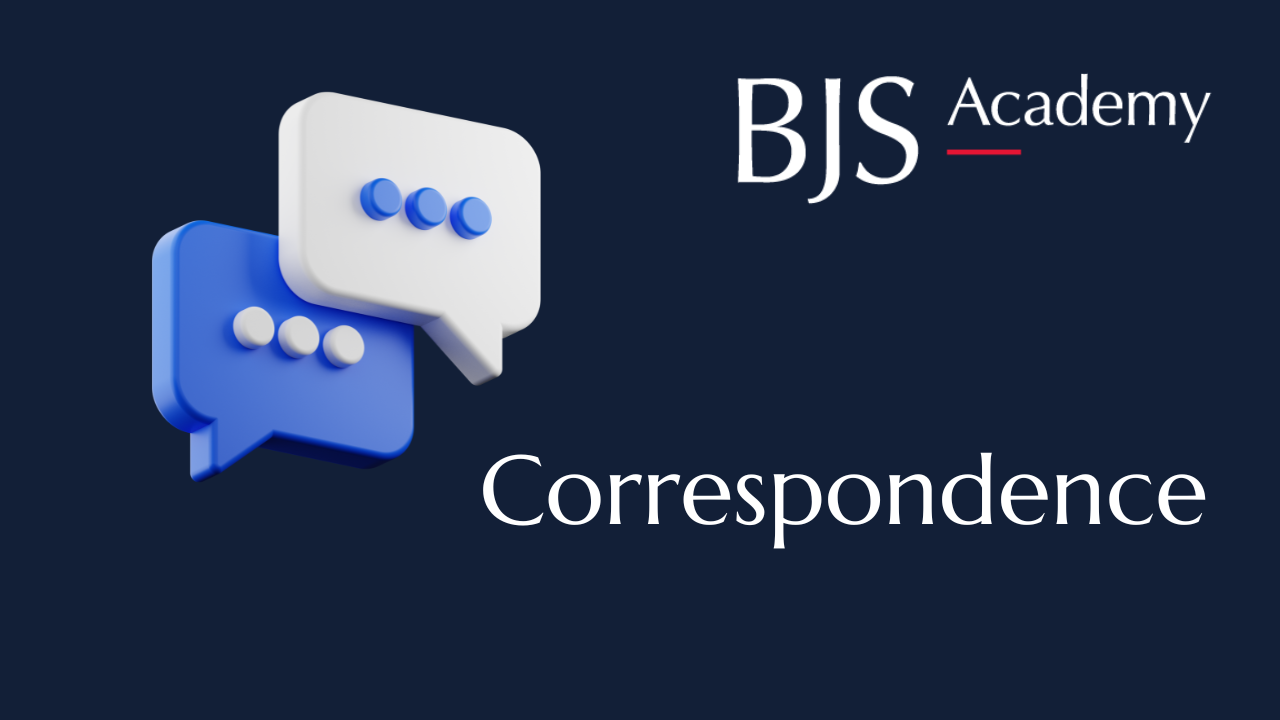
Comment on: Effect of peritoneal and wound lavage with super-oxidized solution on surgical-site infection after open appendicectomy in perforated appendicitis (PLaSSo): randomized clinical trial
Saburi Oyewale
Correspondence to: Dr Saburi Oyewale (email: saburioyewale@yahoo.com)
Division of General Surgery
Department of Surgery
Copied!
Connect

Copyright © 2025 River Valley Technologies Limited. All rights reserved.

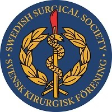






.jpg)
